Top 5 Best Gravel For Betta Fish
Find the best gravel for betta fish with our experts.
Enhance your tank’s health and aesthetics. Dive in to learn more!
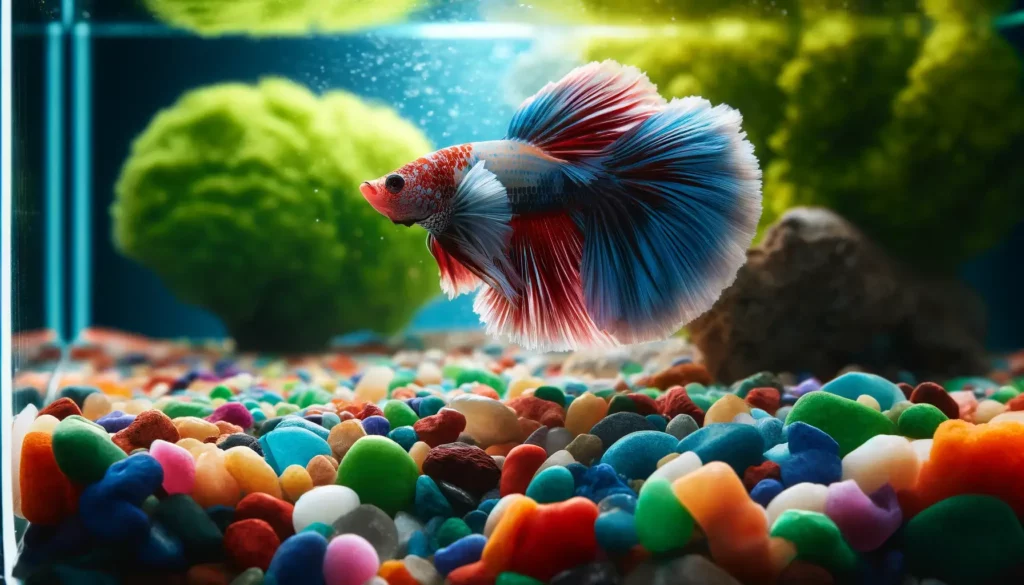
Crafting the perfect tank for your betta involves crucial details, including the best gravel for betta fish. The right gravel is essential for both aesthetics and the health of your betta and its ecosystem.
In this guide, we’ll discuss the importance of gravel, factors to consider when choosing, and our top 5 best gravel picks for betta fish tanks. Whether setting up a new tank or upgrading, find out what you need to know here. Let’s dive in!
Table of Contents 🦑
What Substrate Does Betta Fish Have in the Wild?
In the natural habitats of Southeast Asia, betta fish thrive in unique aquatic environments distinct from the manicured aesthetics of our home aquariums. Originating from regions like Thailand, Cambodia, and Vietnam, bettas predominantly find themselves in rice paddies, slow-moving streams, marshes, and floodplains.
The substrate in these wild settings is predominantly composed of a soft, muddy base, layered with decomposing plant matter, fallen leaves, and various organic materials. This natural substrate is teeming with microorganisms, offering bettas not only a diverse hunting ground but also an environment that aids their natural camouflage behaviors.
For aquarists aiming to emulate the natural conditions of bettas, understanding the essence of their wild habitats is crucial. While it may not be practical to have a mud-based tank, this knowledge informs the choices we make when selecting substrates that are both beneficial for the fish and appropriate for home settings. It underscores the importance of selecting substrates that allow for similar behaviors and well-being as would be experienced in the wild.
Flourite Black Sand Boosts Plant Growth & Betta Health in Your Aquarium
The Best Substrate For Betta Fish
Choosing the ideal substrate for a betta fish is pivotal in creating a conducive and visually appealing environment. Bettas, with their vibrant colors and flowing fins, benefit from a well-chosen substrate that complements their appearance and supports their natural behaviors. Here’s a breakdown of the best substrate for betta fish:
1. Fine Aquarium Gravel
Pros: Fine aquarium gravel is the middle ground in terms of size and weight, making it versatile for both aesthetics and function. It holds down plants, allows beneficial bacteria to thrive, and is available in various colors to enhance the visual appeal of the tank.
Cons: Can accumulate detritus, which may require regular cleaning to prevent harmful ammonia spikes.
2. Aquarium Sand
Pros: Sand provides a smooth and natural-looking base for the aquarium. Being fine-grained, it’s gentle on a betta’s delicate fins. Sand also prevents food and waste from penetrating deep, making cleaning easier.
Cons: Over time, sand can become compacted, which might create pockets of harmful gases. Regular stirring or the introduction of burrowing creatures can help alleviate this.
3. Plants Soil
Pros: If you are leaning towards a planted tank, this substrate provides essential nutrients for aquatic plants. It also offers a natural and muted backdrop, making your betta’s colors pop.
Cons: Can sometimes cloud the water initially, though this often settles after a short period.
4. Marbles or Decorative Stones
Pros: They can be an aesthetic choice, especially if they are polished and smooth. The spaces between them allow for easy waste removal and can be a hiding place for beneficial bacteria.
Cons: They don’t anchor plants as effectively as gravel or sand and can be challenging to clean around.
5. Betta Beads
Pros: Betta beads enhance the aesthetic appeal of your tank, offering a sleek and modern look that can be a standout feature. They are easy to clean and maintain, saving you time and effort. Additionally, their smooth edges are safe for your betta’s fins and scales, promoting better health.
Cons: Betta beads come with a few drawbacks. Their color options are often more restricted than those available for gravel. They can also trap food and waste, necessitating regular cleaning to maintain a healthy environment for your fish. Furthermore, they are typically more expensive than traditional gravel, which might not fit every budget.
It really spruces up the environment and gives your Betta buddies some live, helpful bacteria to hang out with
Why Gravel Matters?
Hold onto your fishnets, we’re about to get a little science-y! 🤓 Gravel isn’t just there to look pretty; it serves multiple crucial functions that go way beyond aesthetics. First off, it acts as a substrate for beneficial bacteria to grow. These microscopic heroes break down waste and help keep your water clean. Cleaner water equals a happier, healthier betta. Score!
Secondly, your choice of gravel can actually influence the pH levels of your water. Some gravel types can raise or lower the pH, which could be either a bonus or a bummer for your betta, depending on your tank’s current conditions.
Lastly, let’s not forget the “Feng Shui” aspect of gravel. Bettas are smart, curious fish that appreciate a stimulating environment. A well-chosen gravel can provide that, along with essential hiding spots and even a surface for plants to root in.
So, as you can see, your gravel choice isn’t just about color coordination or Instagram-worthy tank shots. It’s about creating an environment where your betta fish can truly thrive.
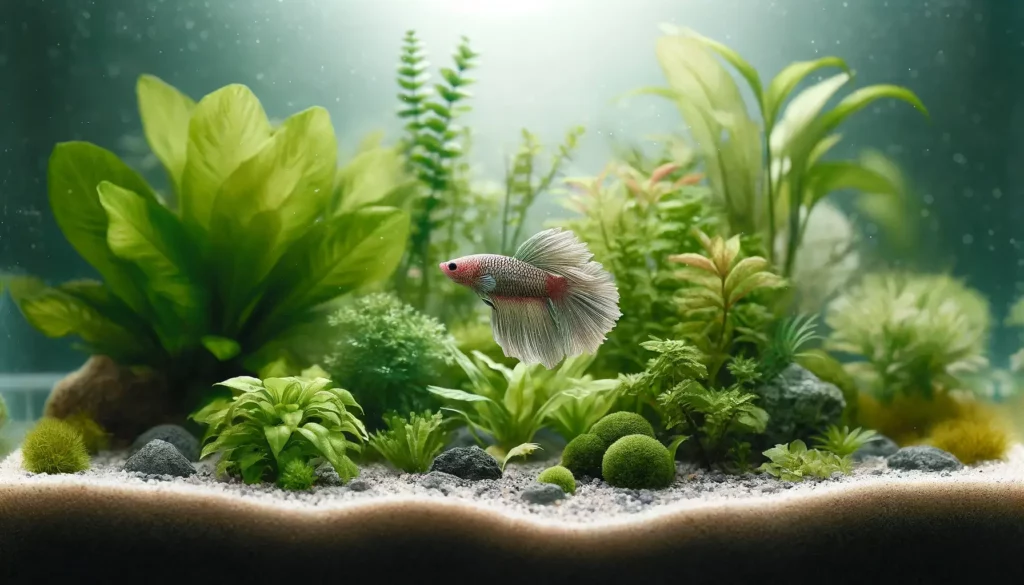
Substrates for Live-Planted Tanks
For those who appreciate the vibrant aesthetics and natural benefits of a live-planted aquarium, choosing the right substrate becomes even more crucial. A good substrate not only enhances the beauty of the tank but also promotes the health and growth of aquatic plants, which in turn contributes positively to your betta’s environment. Here are the best substrates tailored for live-planted betta tanks:
- Aquatic Plant Soils: These are specifically formulated to support plant growth. Rich in essential nutrients, aquatic plant soils provide plants with the necessary minerals to thrive. They often have a slightly granulated texture which facilitates root growth and anchorage.
- Fish Tank Sand: Fine-grained sand, like pool filter sand or specialized aquatic sands, offers a natural appearance. It’s particularly useful for plants that have delicate root systems. However, care must be taken to prevent compaction, which can hinder root growth and lead to anaerobic pockets.
- Gravel with Root Tabs: Standard aquarium gravel can be adapted for plant growth by using root tabs. These are nutrient-packed pellets that can be buried in the gravel, providing essential nutrients to plant roots. This combo allows for versatility in aesthetic gravel choices while still catering to plant health.
- Laterite and Clay-based Substrates: Rich in iron, these substrates are especially beneficial for red and iron-loving plants. They provide a good balance of nutrients and a suitable texture for plant roots to take hold.
Coarse Substrates with Fertilizer Layer: Some aquarists prefer to layer their substrate, placing a layer of organic aquatic fertilizer at the bottom, covered by a layer of coarser substrate. This approach offers plants a rich source of nutrients without making the tank muddy or affecting water clarity.
When setting up a live-planted betta tank, it’s essential to consider both the needs of the plants and the betta. Bettas appreciate plants like Java fern, Anubias, and Amazon swords, which not only beautify the tank but also provide shelter and comfort. Ensuring these plants have the right substrate will guarantee their health, enhancing the overall well-being of the betta and the visual appeal of the aquarium.
Criteria for Choosing Gravel
Okay, folks, let’s get down to the nitty-gritty (pun intended)! When it comes to selecting the right gravel for your betta fish tank, there are a few key factors you absolutely must consider. So grab your detective magnifying glass, and let’s sift through the options!
Safety First!
Remember, the gravel is going into a living environment. Make sure to check if the gravel you’re eyeing alters water chemistry or has any kind of dye or substance that can be harmful to fish. When in doubt, opt for gravel that’s labeled “safe for freshwater aquariums
Tank Size Matters
Material
We’re all living in a material world, including your betta. When it comes to gravel material, you’ve got options like natural stone, colored gravel, and even glass pebbles. However, avoid anything with sharp or jagged edges, as bettas have delicate fins that are easily torn.
Color Palette
You may want to go all Picasso on your tank, but keep in mind that bettas see colors too. Some experts believe that lighter colors might make your betta more relaxed, while darker substrates can make the colors of your betta pop. Either way, make sure the color you choose is non-toxic and won’t bleed into the water.
So there you have it, the essential rundown for picking the perfect gravel that will make both you and your betta fish happy swimmers!
How Much Substrate Do You Need?
- Tank Size:
- For most tanks, aim for 1-2 inches (2.5-5 cm) of substrate.
- A 10-gallon tank usually needs 15-30 pounds (6.8-13.6 kg) of substrate.
- Plants:
- Rooted Plants: Require 2-3 inches (5-7.6 cm) of substrate for growth.
- Floating Plants: Just 1 inch (2.5 cm) is enough since they don’t get nutrients from the substrate.
- Substrate Type:
- Gravel: Heavier and requires 1.5-2 pounds (680-907 grams) per gallon.
- Sand: Packs tightly. Need around 2-2.5 pounds (907 grams-1.13 kg) per gallon for a 2-inch depth.
- Plant Soil: Weight varies. Check product details.
- Design:
- Some prefer a sloping substrate design, which needs more material.
- Budget:
- Quality substrates can be expensive. Plan according to your budget.
To sum up: These are general guidelines. Depending on your design and tank, you might need more or less substrate. When buying, it’s wise to get a bit extra just to be safe.
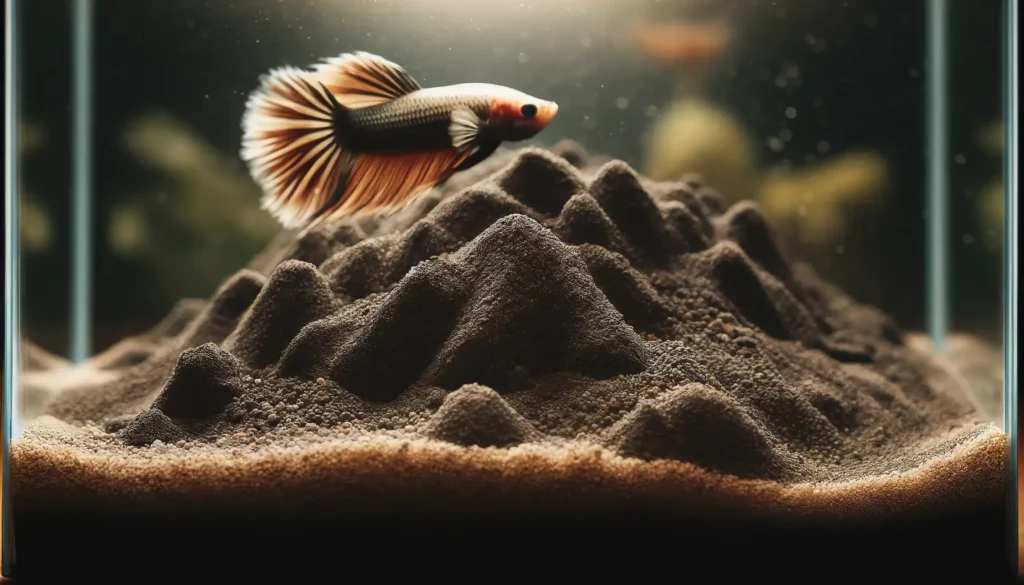
How to Properly Install Gravel?
Ahoy, future gravel gurus! Time to get those hands dirty (or gravelly?). Properly installing gravel in your betta fish tank is not rocket science, but it does require some attention to detail. So grab your pirate hat and your shovel, because we’re going treasure hunting—well, gravel hunting to be precise.
Step 1: Rinse and Repeat
First things first, you gotta wash that gravel. Even if the packaging claims it’s pre-rinsed, take no chances. Use a fine mesh colander and rinse the gravel under running tap water until the water runs clear. This removes any dust, debris, or unwanted substances.
Step 2: Lay the Foundation
After draining the rinsed gravel, it’s time to introduce it to its new aquatic home. Spread an even layer at the bottom of the tank. Aim for a depth of about 1-2 inches, but remember, more is not always merrier here. Too much gravel can trap food and waste, leading to water quality issues.
Step 3: Create a Slope
It’s landscaping time! Create a gentle slope with the gravel, higher towards the back of the tank and lower towards the front. This is not just for aesthetics; it also helps debris slide towards the front, making cleaning easier.
Step 4: Planting Time (Optional)
If you’ve decided to incorporate live plants in your betta’s underwater paradise, now is the time to do so. Dig little wells in the gravel and plant your aquatic flora, covering the roots with a good amount of gravel to keep them secure.
Step 5: The Grand Pour
Slowly begin to add water to the tank. To prevent the gravel from swirling everywhere, you can place a plate or bowl in the tank and pour water onto it, dispersing the flow. Fill the tank to the desired level.
Step 6: Final Touches
Once the tank is filled, you may notice some gravel has shifted or floated. Use a net or your hand to push these back into place. Now, let the water settle and the filtration system run for a bit before introducing your betta to its freshly graveled abode.
And voila! You’re officially a gravel installation expert! Take a moment to admire your handiwork and then, why not snap a photo? Your betta is going to love its upgraded living space!
6 Cleaning and Maintenance Tips
So you’ve installed the perfect gravel, your betta is flipping its fins in joy, and all is well in your underwater kingdom. But ahoy, the voyage doesn’t end here. Keeping that gravel clean is the next grand adventure. Fear not! Here’s your treasure map for gravel cleanliness and maintenance.
Tip #1: Regular Gravel Vacuuming
Yup, you heard it right—a vacuum cleaner for your gravel! This nifty gadget sucks up food residues, fish waste, and other debris without removing the gravel. Aim to do this at least once a week during your regular water changes.
Tip #2: The Spot Clean Technique
Notice a grimy patch? No need to perform a full gravel vacuum. Simply target these hot spots. This quick-draw technique keeps your tank looking like an underwater utopia.
Tip #3: Rinse During Water Changes
If you’re doing a significant water change, it’s a golden opportunity to rinse a portion of your gravel. Take out a cup or two and give it a good rinse under running tap water. Then return it to its rightful place at the bottom of your tank.
Tip #4: Rotate Sections for Deep Cleaning
Instead of upheaving all the gravel at once, consider deep cleaning sections of the gravel on a rotating basis. This approach reduces stress on your betta and minimizes the disruption of beneficial bacteria colonies.
Tip #5: Beware of Cleaning Agents
Never, and I repeat, NEVER use soap or other chemical cleaning agents on your gravel. These can be deadly for your betta. Stick to good old tap water for all your gravel-cleaning endeavors.
Tip #6: Periodic Replacement
Even with regular cleaning, gravel can degrade or become too dirty over time. Aim to fully replace the gravel every 1-2 years, but always with due consideration to the impact on your tank’s biological balance.
So there you have it—your guide to keeping your gravel as pristine as a Caribbean beach! Remember, cleanliness is next to fishiness… or something like that. Keep that gravel clean, and your betta will thank you with vibrant colors and active swimming!
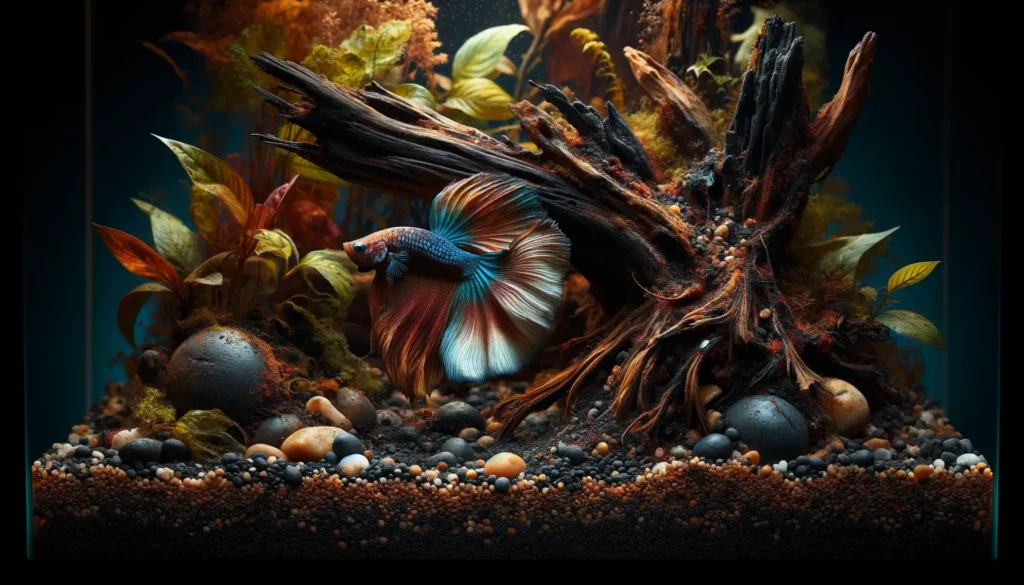
Common Mistakes to Avoid
Whoa, Nelly! Before you go off into the gravel-filled sunset, let’s pump the brakes and talk about some common gravel goofs. Even the most well-intentioned fish parents can mess up. But fear not, for we’ve rounded up a list of usual suspects to watch out for.
Choosing the Wrong Size
Big boulders or tiny grains? Size matters! Going too small can lead to compacted gravel, poor water flow, and yuck—an anaerobic environment. On the flip side, too large, food and waste can fall into the crevices, leading to ammonia spikes. Stick to medium-sized gravel for betta bliss.
Overlooking Material Safety
Hey, that neon glow-in-the-dark gravel might look rad under your aquarium light, but some materials can leach harmful substances into the water. Always go for gravel labeled safe for aquarium use.
Skipping the Initial Rinse
That new gravel isn’t as clean as you think! Manufacturers don’t package gravel with aquarium safety in mind. Always rinse new gravel thoroughly in a sieve under running tap water until the runoff is clear.
Inadequate Depth
Shallow gravel won’t anchor your plants well and can lead to instability in your tank’s setup. Aim for a depth of at least 1.5 to 2 inches.
Neglecting Regular Cleaning
Out of sight, out of mind? Not a good strategy for gravel care. Skipping on regular gravel vacuuming can lead to a buildup of waste and toxins.
Ignoring Aesthetic Harmony
Gravel isn’t just functional; it’s part of your tank’s feng shui. A clashing color can stress out your betta and ruin your Instagram-worthy aquarium shots. Choose a color that complements both your fish and the overall décor.
Avoid these pitfalls, and you’re well on your way to becoming the Indiana Jones of aquarium gravel—a true explorer and protector of your betta’s mini-world. Keep these tips in your
FAQs: Your Burning Questions About Betta Fish Gravel, Answered!
Ready for a quick-fire round of the most Googled questions about betta gravel? Buckle up, because we’ve got your answers right here!
Q: Can I Use Sand Instead of Gravel?
A: Sure, you can go the sandy route, but remember, bettas like to forage and poke around. Sand doesn’t offer the same level of ‘poke-ability’ as gravel and might cause compaction issues. Stick with gravel for that authentic betta browsing experience.
Q: How Often Should I Clean the Gravel?
A: Cleanliness champ! A light vacuum every week during your water change should keep things spiffy. For a deeper clean, aim for once a month.
Q: Is Colored Gravel Safe?
A: Some colored gravels are fine, but make sure you’re buying those that are marked “aquarium safe.” Some dyes and materials can be harmful to fish, so always double-check.
Q: Do I Need to Replace the Gravel?
A: Not necessarily. If you’re keeping up with regular cleaning, your gravel can last a good long while. However, if you notice persistent issues like algae blooms or high toxin levels, it might be time for a gravel overhaul.
Q: Can I Mix Different Types of Gravel?
A: You rebel, you! Mixing different types of gravel is generally fine as long as they are all aquarium-safe. Just remember to keep a balanced look and feel, so your betta doesn’t get stressed out by a chaotic substrate.
Q: Does Gravel Affect Water pH?
A: Great catch, pH is no small fry when it comes to fish care! The gravel itself usually doesn’t have a significant impact on water pH. However, some specialized types like coral or crushed shell gravels can raise pH. If you’re keeping bettas, it’s best to stick to inert gravels that don’t alter water chemistry. Always test your water parameters to stay in the safe zone.
Inconclusion
Maintaining the right environment for your betta fish, or any aquatic pet for that matter, goes beyond just feeding and regular water changes.
The substrate, often overlooked, plays a pivotal role in creating a balanced and harmonious habitat. Whether you’re aiming for a plant-rich setup or a minimalist aquascape, ensuring you have the correct amount and type of substrate is paramount.
Remember, it’s not just about aesthetics, it’s about crafting an environment where your aquatic pets can thrive. So, invest some time in choosing and measuring your substrate, because a little effort now can lead to a more vibrant and healthy aquarium in the long run.

Delighted to have you here at BettaReef! This place is a treasure trove of knowledge about Betta fish, Betta Care, Health, Gear, and much more from the wonders of aquatic life. My journey in this fascinating world began when I was just 8, and now, as a seasoned hobbyist, I’m here to help fellow Betta enthusiasts create a thriving Betta environment for a healthy life.
I’m committed to delivering high-quality content, backed by a stringent editorial process. Each product review is based on real-life usage and practical analysis, ensuring that you get insights and advice that truly matter.
Related Blog Posts:

Top 5 Best Gravel For Betta Fish
Top 5 Best Gravel For Betta Fish Find the best gravel for betta fish with
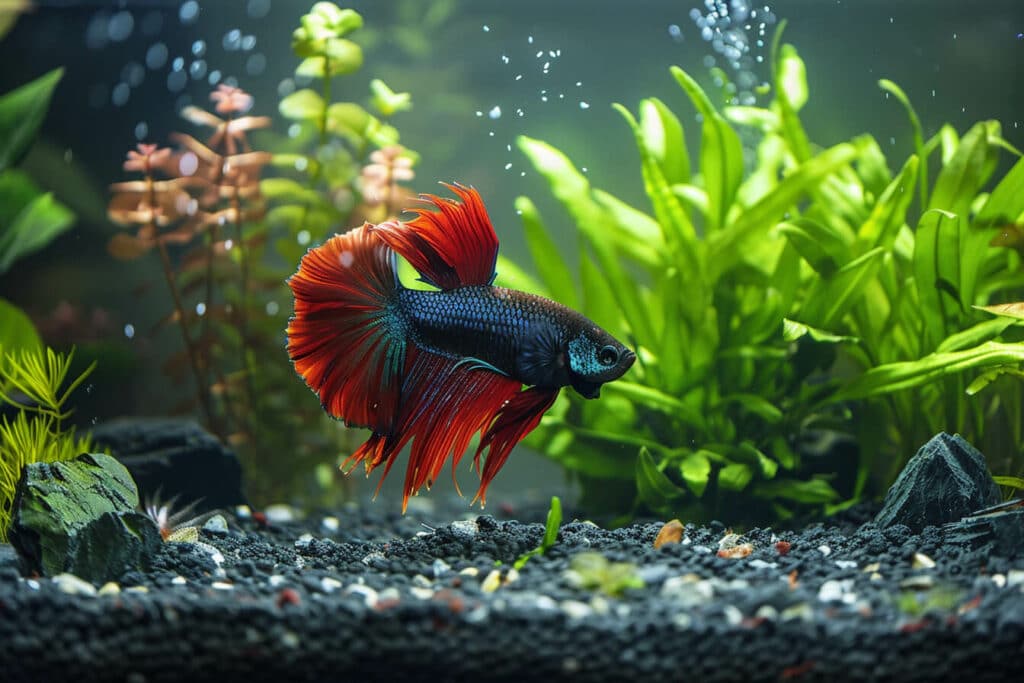
The Best Substrate For Betta Fish
The Best Substrate for Betta Fish Discover the best substrate for Betta fish with our
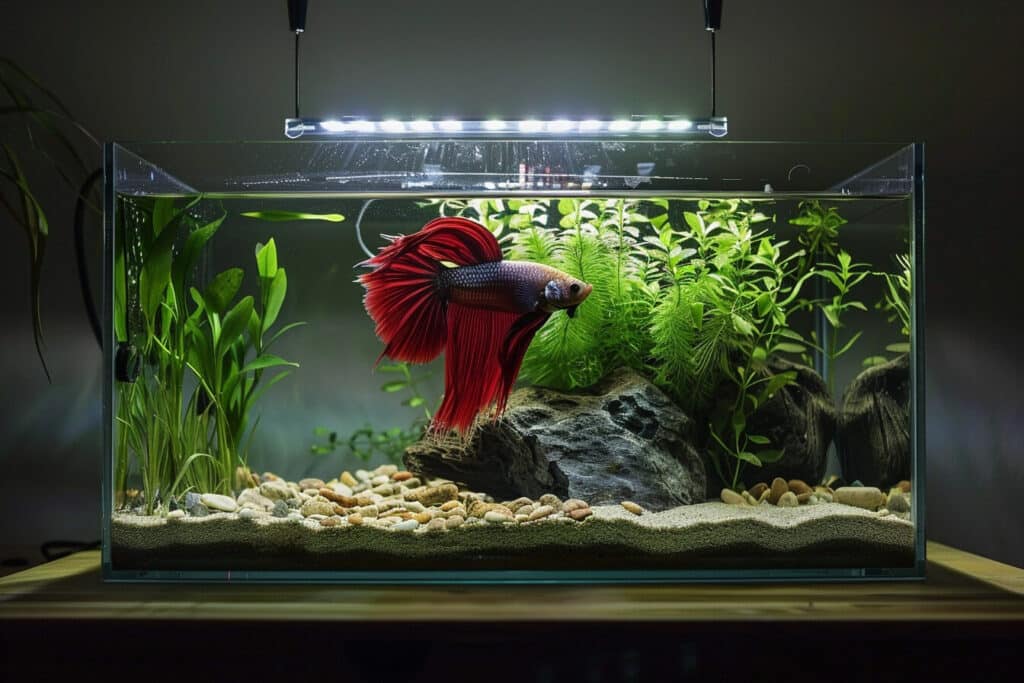
Do Betta Fish Need Light? How to Perfect Your Pet’s Environment
Do Betta Fish Need Light? How to Perfect Your Pet’s Environment Do Betta Fish Need

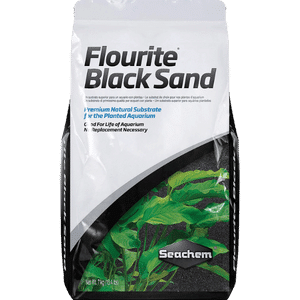
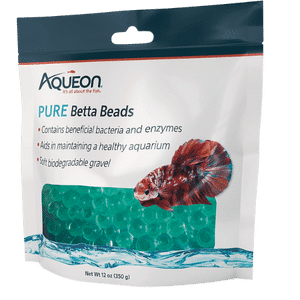
This Post Has 2 Comments
This website is an absolute gem! The content is incredibly well-researched, engaging, and valuable. I particularly enjoyed this article which provided unique insights I haven’t found elsewhere. Keep up the amazing work!
Thank You Julia, We appreciate your comment and we will try to do our best to make our content in the highest quality! 🙏